
A human hand is a multi-fingered part of the body. It is the distal part of the arm. It allows humans to physically manipulate the environment. Hands are used for gross motor skills such as handling large objects and they are also essential for fine motor skills such as picking up small rocks. The skin of the fingertips is rich in nerve endings which allow tactile feedback and are significant for position capability of the body. They are responsible for the sense of touch.
Digits
Every human being has four fingers and a thumb on each hand. The fingers are classified as the index finger, middle finger, ring finger and the last one is the little finger. All 5 digits are connected to the forearm by the wrist. The thumb is a bit different from other fingers and stands parallel to the arm. There are fourteen digital bones. They are called phalanges. Two of them form the thumb while other four fingers contain three phalanges. The distal phalange bone carries the nail.
Bones
The human hand is made of 27 bones. There are 14 phalanges which form the fingers. The middle part of the hand is made of 5 metacarpal bones and the corpus or the wrist is made of 8 bones. The eight bones of the carpus are arranged in two rows of four bones. The bones that create the proximal row include scaphoid, lunate, triquetral and pisiform bone. The bones of the distal row of the carpus include trapezium, trapezoid, capitate and pisiform bone. Metacarpal bones are all equal and one metacarpal bone connects each finger to the carpus. And finally, there are sesamoid bones. They are embedded in the hand tendons and provide extra leverage. They also reduce pressure on the nearby tissues.
Joints
Hand joints are rather complex. Inerphalangeal articulations of the hand connect finger bones. Furthermore, metacarpophalangeal joints connect the fingers with the palm. Intercarpal articulations are joints between the palm and the wrist and finally, the wrist is a single joint that connects the hand to the forearm.
Muscles and Tendons
All the hand muscles are divided into the extrinsic and intrinsic muscle groups. The extrinsic muscle group contains long flexors and extensors and the belly of these muscles is actually located on the forearm. On the other hand, the intrinsic muscle groups include the thenar muscles, hypothenar muscles, interossei muscles and lumbrical muscles. A mutual characteristic of all the previously mentioned muscles is that they do not have bony origin. The intrinsic muscles of the hand are abductor pollicis brevis, opponents pollicis, flexor pollicis brevis, adductor pollicis, opponens digit minimi, flexor digit minimi brevis and abductor digiti minimi.
All the fingers are connected to two long flexors, the deep flexor and the superficial flexor. These muscles allow the bending of the fingers. The movement of the thumb is allowed by certain muscles in the thenar group (opponens brevis and abductor brevis).
The extensor muscles of the hand are located on the back of the forearm and their tendons are connected to the interosseous and lumbrical muscles. The extensors of the hand are very important and they allow straightening of the fingers. The thumb can extend thanks to two extensor muscles. And finally, the index finger and the little finger have two additional extensors. All the extensor muscles of the hand are situated in special compartments.





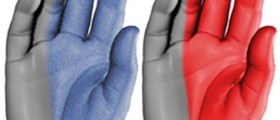
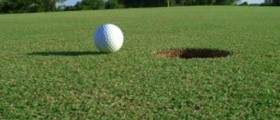


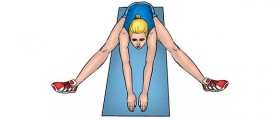
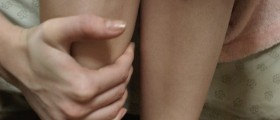
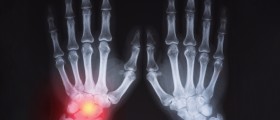
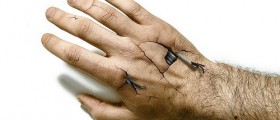
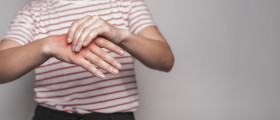
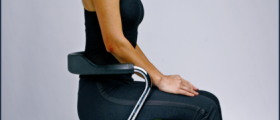


Your thoughts on this
Loading...